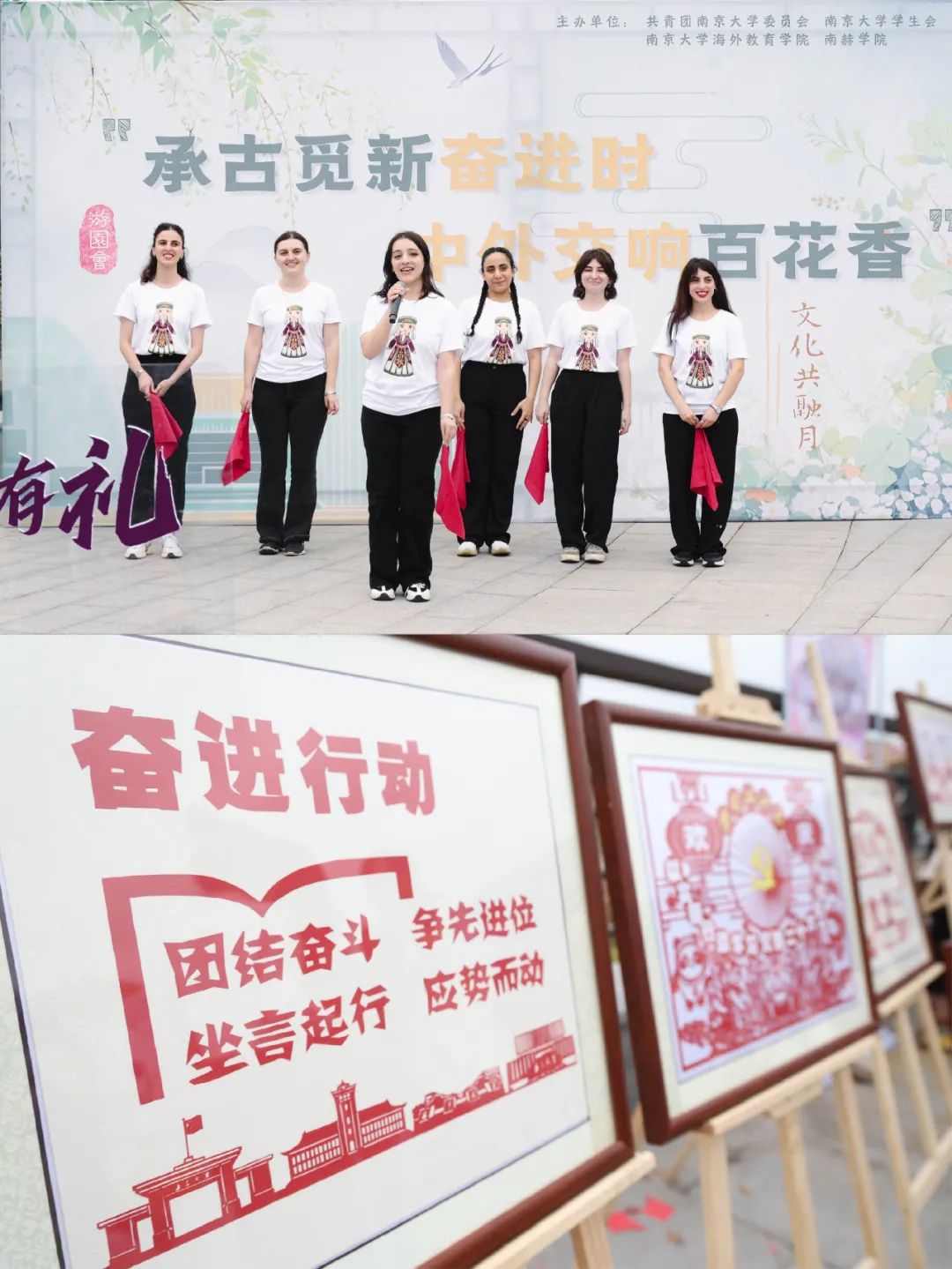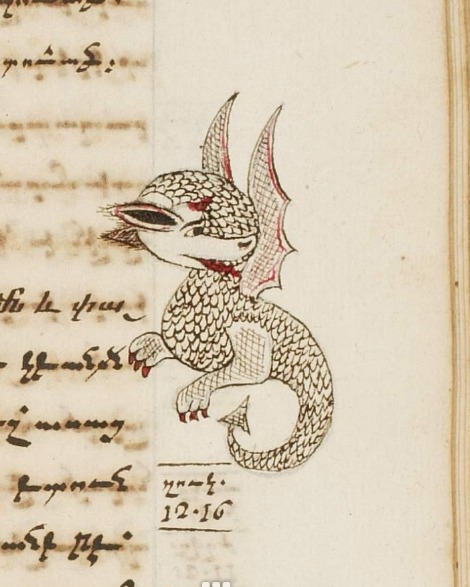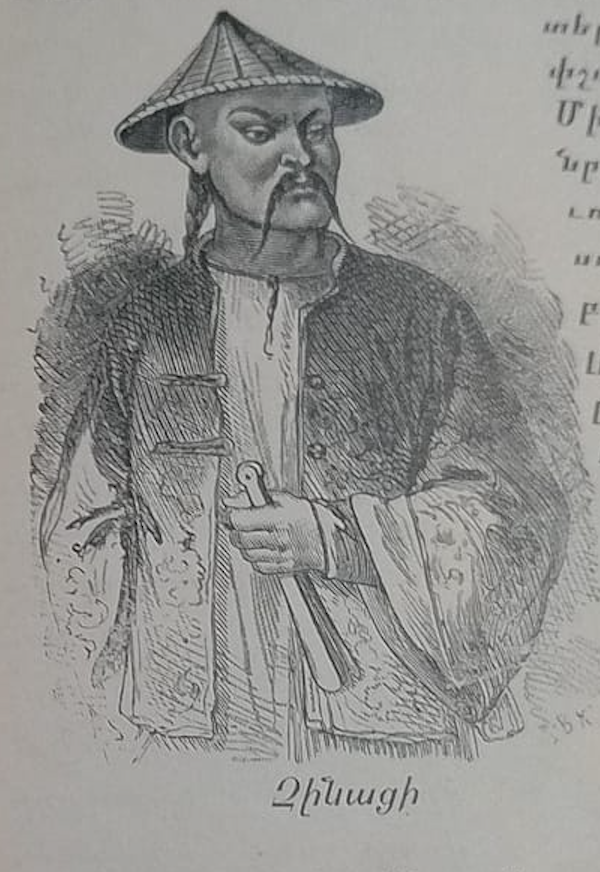
The artist who preserved Armenian heritage through his watercolors and stamps
Arshak Abrahami Fetvadjian was an Armenian artist, painter and designer. He is best known for his watercolor paintings of the architectural monuments of the medieval Armenian city of Ani, and for designing the currency and postage stamps of the first Republic of Armenia (1918–1920). As a result of over 20 years devoted to art, Fetvadjian produced no less than 2,000 works, varying from lucid pencil drawings to painstakingly accurate watercolors, that depicted historically significant churches, monasteries, chapels and palaces. A considerable number of his other works were also portraits of Armenians at the turn of the 20th century.
Fetvadjian was born in Trebizond in 1866, in the then Ottoman Empire. He attended a national art institute in the city of his birth and continued his studies at the State Fine Arts School (Imperial Academy of Art) in the capital at Constantinople, which had only been recently opened by an Armenian sculptor named Yervand Voskan. Fetvadjian graduated from the academy in 1887 and pursued higher learning abroad: he left for Rome and was admitted to the San Luca Art Academy, where he studied under the wing of Italian painter and sculptor Cesare Maccari.
Fetvadjian’s artistic talents were brought into the public spotlight when he participated in the Italian national art exhibition in 1891. His studies would later take him to Vienna (1891–1895) and later Saint Petersburg. In Russia, he participated in art exhibitions and joined the Russian Artists’ Society. Throughout the early 20th century, he continued to hold exhibitions, and his artwork was seen on displays at the Louvre (1919, 1920) and the Victoria and Albert Museum.
In 1922 Fetvadjian emigrated to the United States of America and settled in Boston, the intellectual centre of America’s Armenian community, through the help of Manuel Der Manuelian who had been a consul of the Armenian Republic and lived in Boston. Fetvadjian continued to paint and exhibit his works, though on a decreasing scale as he found himself isolated both artistically and socially and had difficulty obtaining commissions. In New York he designed an altar for the Armenian cathedral of the Holy Illuminator and painted an altar portrait of the Madonna and Child for it. He died in Medford, Massachusetts, on the 7th October 1947. In 1947, shortly before his death, he bequeathed his entire collection of paintings to the National Gallery of Armenia. After his death his remains were transferred to Yerevan. During his career he is said to have painted over 2,000 oils and watercolours, many of which were of architectural or archaeological subjects.












